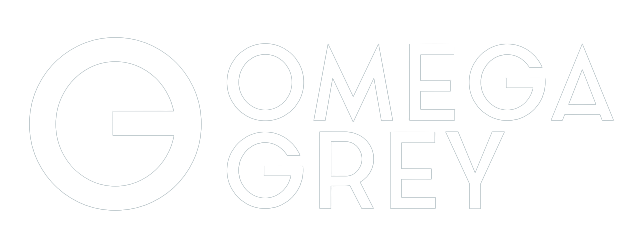Frequently Asked Questions
Below you will find the most common questions about electric boating. If you can’t find your question in the listing, feel free to contact us using the contact form.
GENERAL
-
Omega is the sign for electrical resistance in ohms, Gray was an inventor in semiconductor technology. We took the name because it sounds cool.
-
A certain size of boat is required for the installation of the batteries. Therefore it is suitable for ships, boats and yachts with one or two hulls and with a length between 30ft and 90ft (9 to 27 meters). The drive power can be between 90 and 350kW. The drive system is scalable and can also be installed in other boat sizes on request. Please send your request directly to us.
-
Riders can enjoy nature on the water free from exhaust fumes and loud engine noises. This protects the environment and preserves it for future generations. Maintenance is significantly lower compared to diesel-powered drives, which saves costs. The efficiency of the engine is also significantly increased.
-
Electric drive systems are very safe. This is due to the fact that we pay attention to a high quality standard, as known from the automotive industry, when selecting the components. The components are fused and tested for high water tightness, vibration resistance as well as longevity. This means that the components can easily withstand the forces of nature and provide propulsion for the boats for a long time. Thanks to the multiple use of sensors and the insulation monitor, critical system conditions can be detected earlier and preventive measures can be initiated. In addition, the propulsion system consists of a significantly smaller number of movable components. This allows Omega Grey to offer a robust and durable propulsion system.
-
In principle, yes, but it must be checked beforehand whether and how all the components required for the retrofitting can be installed on the boat and how they can be wired accordingly.
-
The range varies greatly depending on the weight of the boat, the hull shape, the size of the ordered battery, the speed driven, the wind and weather conditions, the strength of the sun, as well as the consumption level of the household appliances. When driving calmly and in good weather, it is possible to drive the ship using only the energy of the sun.
-
The batteries do not necessarily have to be located near the engine, which is why the installation can be very flexible. This means that space can be used optimally and the weight of the batteries can be evenly balanced across the boat. They are firmly fixed to the boat with brackets and thus secured against slipping away.
TECHNICAL
-
On the one hand, the boat can be connected to the port network via the shore power connection and supplied with energy. On the other hand, the batteries are continuously charged with the energy generated via the solar panels. In case of emergency, the diesel generator can be added to recharge the batteries. The information about the shore power supply can be obtained from the ports.
-
If requested, a diesel generator can be installed in addition to the electric drive system. The generator can recharge the batteries in case they are empty. So there is never the danger of having no energy on board. In addition, the solar panels continuously charge the battery.
-
In conventional yachts, an additional generator must run to supply power to the household appliances on board. The addition of a generator is associated with vibrations, odors and a harmful film of oil on the water surface. The power supply on electric boats is designed so that the batteries can not only power the engine, but also supply power to all household appliances like the refrigerator or TV.
-
Depending on the available area for solar panels, a 60ft catamaran can easily generate up to 12kWp.
-
The HV lithium-ion battery has a long service life and the highest safety standard, as is known from the automotive industry. Integrated in the battery is a Battery Management System, which constantly monitors the battery status and protects the battery, for example, from too high temperature or too deep discharge. In this way, safety is guaranteed throughout and a fire can be avoided. The batteries have an expected lifetime of approximately 10 years with a normal operating profile.
FINANCIAL
-
The operating costs of electric yachts are significantly lower compared to boats with conventional drives. This is due to the comparatively lower electricity prices, the possibility of charging the batteries free of charge with the help of solar panels, and the lower maintenance costs.
-
The purchase of an electric drive system is about 15-20% higher compared to conventional drives. However, this additional price is very quickly put into perspective by the more economical maintenance costs.
